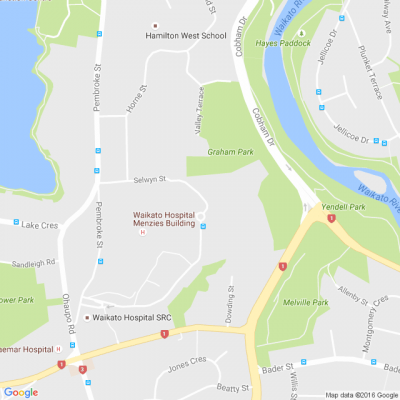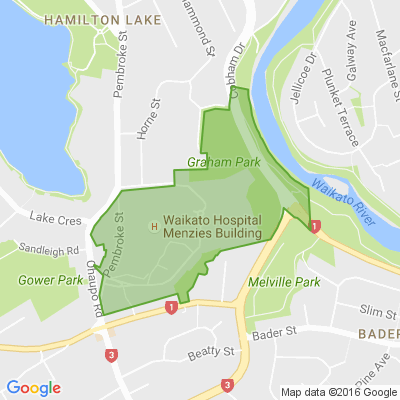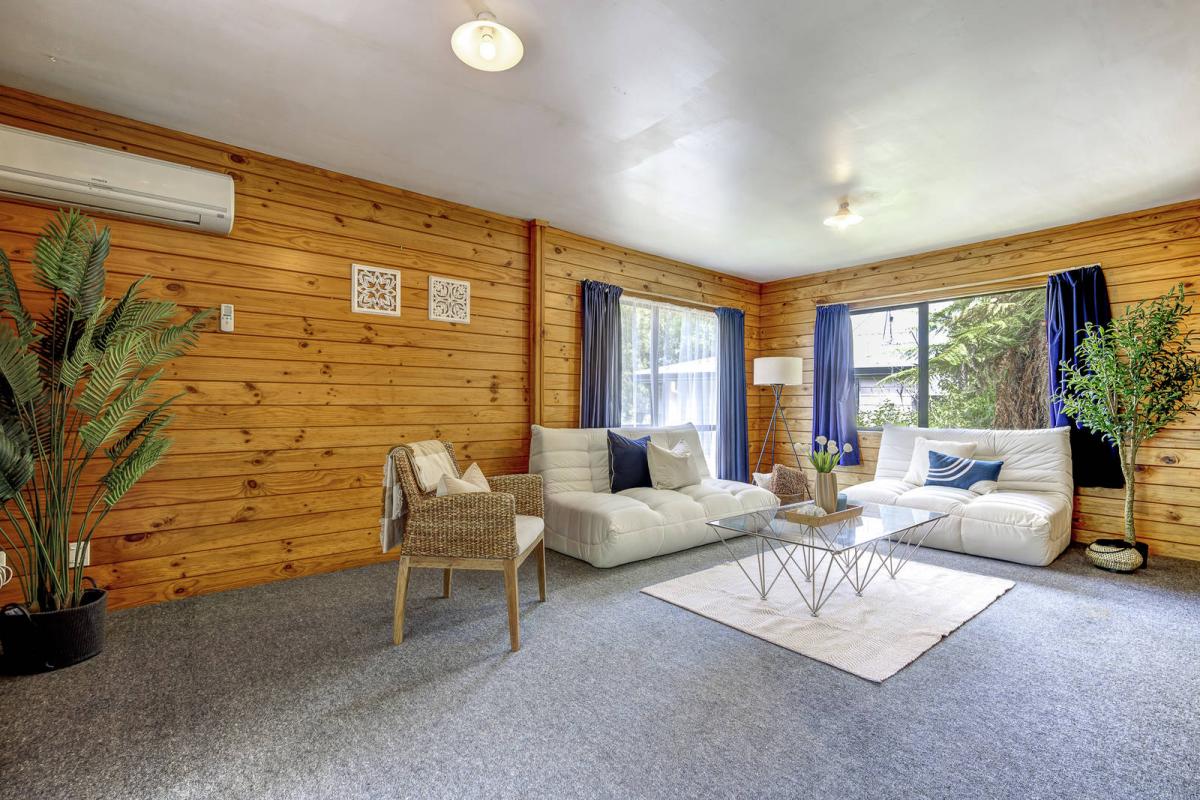Textile Fibres and Their Characteristics
We are passionate about fabrics and finding the right solutions for our customers. With over 110 years of experience in the textile industry we have compiled some of this knowledge and look forward to sharing it with you over the next year through our blog series – An Educational Yarn. Our first topic explores the different characteristics of textile fibres.
Textile fibres are natural or synthetic structures that can be spun into yarn. Yarns are then woven, knitted or bonded into fabric. The inherent characteristics of fibre properties directly relate to the performance and required care and maintenance of the finished fabric, therefore understanding fibres and yarns will in turn help you to understand the how to apply specific fabrics within your interior schemes.
Natural Fibres: Occurring in nature; which are of animal, vegetable/plant or mineral origin.
COTTON (Plant Origin)
• A strong fibre, even stronger when wet, cotton has good natural durability.
• Can be affected by mildew however a mildew resistant finish can be applied to reduce this issue.
• Generally has reasonable sunlight resistance but should be protected with a quality lining when used as a drapery and protected from direct sunlight when used as an upholstery.
• It is an absorbent fibre which means it can move with changing humidity levels.
• May shrink with laundering but this can be reduced through a finishing process on the fabric known as sanforising.
Sunlight resistance can be greatly reduced in acidic polluted conditions.
SILK (Animal origin; an animal fibre that comes from the silkworm. The silkworm creates its cocoon from very long silk fibres which are harvested from mulberry trees.)
• It is naturally fine in texture, and colours beautifully.
• Its biggest disadvantage in furnishing is its sensitivity to UV light degradation (direct and reflected). Due to its sensitivity, it should not be used in direct sunlight or even bright light.
• An absorbent fibre, it has the potential to move in humid environments.
• Silk is a relatively strong fibre and can withstand a certain amount of abrasion, particularly when used in conjunction with
• a backing fabric.
• Unrivalled in splendour and smoothness, silk is regarded the most exclusive of all natural fibres.
LINEN
Plant origin; derived from cellulose fibres that grow inside the stalks of the flax plant.
• As with cotton it is affected by acidic pollution.
• Can be affected by mildew which will likely cause the fibre to deteriorate over time.
• Considered to be the strongest of the natural fibres; if constructed for upholstery it is very durable, particularly when blended with up to 10% nylon.
• Is regarded as a luxury fibre because of its lustre and texture.
• It is an absorbent fibre which means it can move with changing humidity levels
• Linen has moderate sunlight resistance and should be protected by a quality lining when used as a drapery and protected from direct sunlight when used as an upholstery.
Keep reading: www.curtainclean.co.nz...

Why do you think they're selling well?
More houses are selling in Cambridge now than they were in 2021’s peak housing market.
The median house price has remained consistent at just above $1 million over the last year, but reaching a peak of nearly $1.5m in January 2022.
Why do you think they're selling well? Tell us your reasons in the comments (adding NFP if you don't want your words used in print).

PM says the ‘war on farming’ is over, at Fieldays’ Mystery Creek
The rural sector will pull the country out of recession, Prime Minister Christopher Luxon told farmers at Mystery Creek on Tuesday.
Luxon’s main message was that farmers are not villains, they are “partners” of the Government and the saviours of the New Zealand economy.

Poll: Do you think the inclusion of affordable homes will have an impact?
Off-the-plan sales at the long-awaited $3 billion Te Awa Lakes housing development in Horotiu will start in early 2025, some seven years after Perry Group originally announced the project.
Once finished about 2500 homes are due to be built on the 90ha site, with a target of 10% “affordable” homes being maintained. More than 5000 people are expected to live at the development once finished.
Do you think the inclusion of affordable homes will have an impact? Tell us your reasons in the comments (adding NFP if you don't want your words used in print).

-
40% Yes
-
0% Maybe
-
60% No






 Loading…
Loading…








